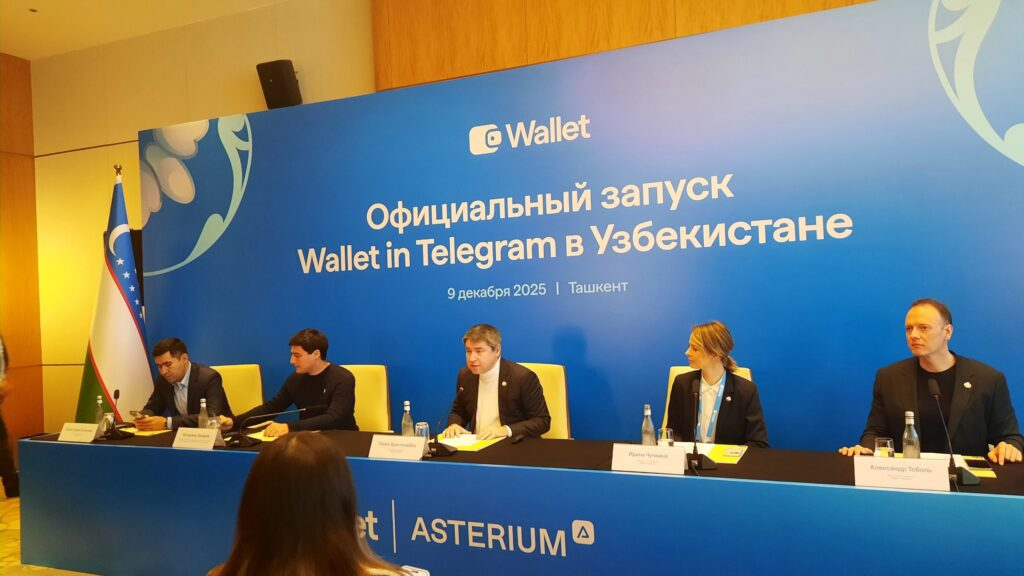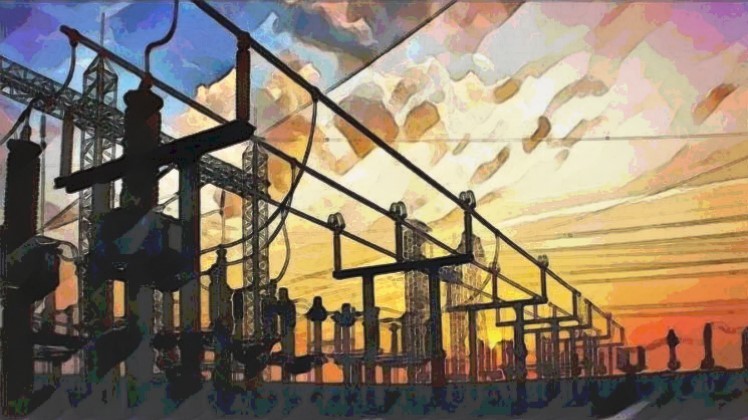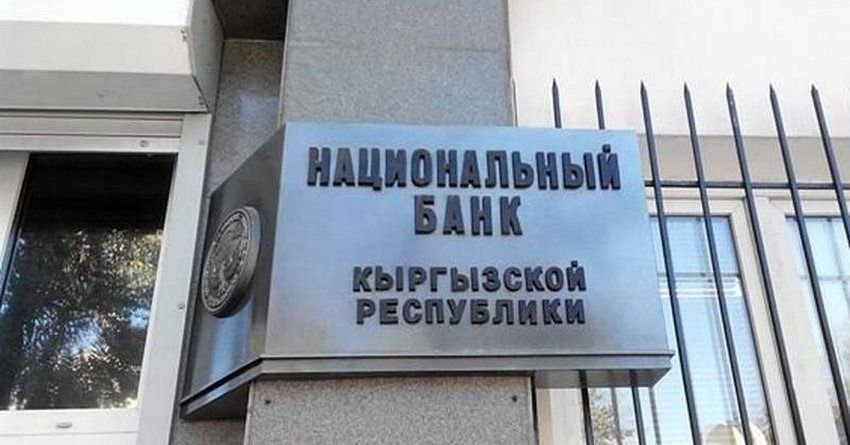ALMATY (TCA) — Recently a minor-scale bank in Kazakhstan named KazInvest ran aground. Now, another one, Delta Bank, is moving towards the brink of bankruptcy. Yet another “junior”, Temirbank, formerly owned by BTA and now controlled by Fortebank, recently defaulted on its coupon repayment schedule as well. In 2016, Temirbank posted a net income of 10.875 billion tenge which turned into a net loss of 4.41134 billion for the full year during the last quarter. During the last three months, equity capital dwindled from 54.5 billion to 39.2 billion tenge. Current asset par value stands close to 357 billion tenge, but it remains unclear what the percentage of exposed assets within that amount is.
Fortebank, which at the speed of lightning developed from a low-scale banking firm into one of Kazakhstan’s leading banks with the acquisition of Temirbank, looks unaffected by its subsidiary’s bad performance so far. As of October 1 last year (its latest reporting date) its equity capital stood at 176.436 billion tenge, with asset par value topping 1.18 trillion, according to the Almaty Stock Exchange. Net income over the first three quarters amounted to 9.153 billion tenge. The bank is 80 per cent owned by Kazakhstan’s richest man Bulat Utemuratov, known as an intimate associate of President Nazarbayev, who in 2011 virtually overnight pocketed $2.2 billion of the $3.2 billion paid by Switzerland’s controversial Glencore to his majority-owned Verny holding for the zinc mining company KazZinc – one of the world’s largest of its kind.
Split-off of bad assets
The most recent alarm in Kazakhstan, sounded by Standard & Poor’s, concerns Capital Bank, a subsidiary of TAIB Bank. The bank was down-rated in January this year, but since Capital Bank is not listed on the local stock exchange, detailed information is unavailable in the public domain.
The worst-hit bank, however, is Kazkommertsbank. Its net income in the first three quarters of 2016 was less than 44 million tenge. Close to three-quarters of its loan and credit portfolio should be considered non-payable, the bulk of which consists of the money embezzled by Mukhtar Ablyazov in the period he controlled BTA Bank, recently bought from the state by Kazkommertsbank for around a billion dollars, while its asset face value should be considered in the order of minus $12 billion. Kazkommertsbank’s accumulative liabilities due to the transaction now amount to a staggering $15.7 billion.
In late January, Halyk Bank Chief Executive Umut Shayakhmetova publicly announced that though talks about an eventual merger are ongoing, Halyk will never commit itself to such a move if it means that the new combine will inherit Kazkommertsbank’s poisoned asset in the form of the cash owed to it by now derelict BTA: “We are interested in a structure that would provide for the split-off of bad assets. It is possible that the deal will involve state support.”
Due to global financial crisis
Another case concerns the eventual merger, now under negotiation, between another troubled bank, namely CenterCredit, and the somewhat healthier-looking Tsesnabank. “[Korea’s] Kookmin Bank selected a local bank in Kazakhstan as a preferred bidder for the sale of Kazakhstan’s Bank CenterCredit (BCC), which made a loss of 950 billion won (US$820.38 million),” Reuters reported on February 1. “Kookmin Bank bought a 41.9 percent stake in BCC for 954.1 billion won (US$823.92 million) in August 2008. The bank was planning to use BCC as the foundation to expand its global business at that time, but it saw a huge loss as the Kazakhstan’s national currency was devalued due to the global financial crisis.”
Kookmin purchased its first stake in CenterCredit in October 2008: it paid $624 million for a 30.5% of the bank from previous full owner and now still 51% partner, local tycoon Bakhytbek Baiseitov, who is thought to have earned most of his original fortune in the oil trade sector. As for Tsesna, owned by a financial group of the same name controlled by a family clan named Zhaksybekovs, as of October 1 it posted an equity value of close to 180 billion tenge, with assets worth more than 2.2 trillion tenge. Net income over the first 9 months of 2016 topped 10.84 billion tenge, as reported to the Almaty Stock Exchange.
Merger and new investors required
Others have seen the storm coming earlier, though they were not spared astronomic losses in the process. In May 2013, Italy’s UniCredit sold its 100 per cent stake in Kazakhstan’s ATF Bank for around $500 million, to a firm owned by Kazakh businessman Galimzhan Yesenov. “The Italian lender bought ATF for $2.1 billion in 2007, at the height of the credit boom,” Reuters wrote at the time. “It booked a one-off charge on the asset of 260 million euros in last year’s results. […] Loans overdue more than 90 days accounted for almost 43 percent of its loan portfolio of 770 billion tenge as of Jan. 1, 2013.”
In an interview with the Russian news agency Novosti on February 3 this year, no one less than the Kazakh head of state Nursultan Nazarbayev noted that “…four banks of the country possess 80 percent of the total bank assets and other banks are weak. […] The economy does not need these banks. They should merge or their shareholders should invest their own money if they want to save the banks. There is no other way to keep these banks.”
The President’s observation reflects the counsel given by the International Monetary Fund in its latest recommendation posted on February 10 this year: “Public funds should be used only for viable, systemic institutions and when financial stability is at risk, and shareholders should be fully diluted on a consolidated basis before public funds are used. Shareholders should not retain claims on assets. […] Bad assets obtained from the banks, including land and real estate, should be liquidated quickly to resolve long-standing problems and allow assets to be purchased by new investors and thereby jump-start economic activity.” Of course all this will be possible if some one wants to buy.









